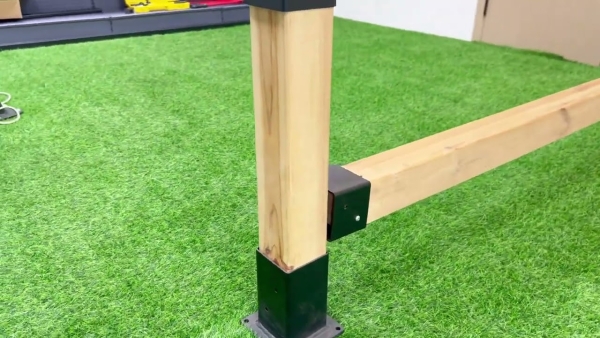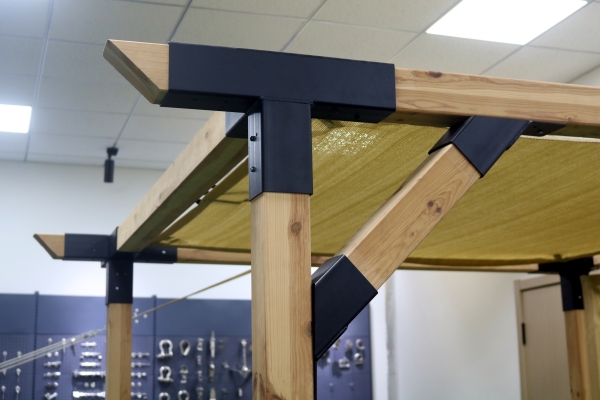تاريخ البرجولات ومخترعها
في الختام، إن تاريخ البرجولات غني ورائع، ويمتد عبر قرون وثقافات عديدة. من مصر القديمة إلى أمريكا الحديثة، لعبت البرجولات دورًا حيويًا في تشكيل المساحات الخارجية وتوفير الظل والجمال لمن يستمتعون بها. في حين أن مخترع العريشة قد يظل لغزا، إلا أن إرثه لا يزال حيا في عدد لا يحصى من الهياكل التي لا تزال تزين الحدائق والأماكن العامة في جميع أنحاء العالم.
The ancient Greeks and Romans also made extensive use of pergolas in their gardens and public spaces. The Greeks used pergolas to support climbing plants such as vines and roses, while the Romans incorporated them into their villas and public buildings as a way to create shaded walkways and outdoor gathering spaces.
In the Middle Ages, pergolas became popular in Europe, where they were used in monastery gardens and royal estates. The design of pergolas evolved during this time, with more elaborate structures featuring intricate carvings and decorative elements.
One of the most famous examples of a pergola from this period is the Pergola of the Villa Farnese in Italy, which was built in the 16th century. This pergola features a series of stone columns supporting a wooden trellis roof, with climbing plants growing up the columns and across the roof to create a shaded walkway.
In the 19th century, the popularity of pergolas spread to the United States, where they were used in parks, public gardens, and private residences. The design of pergolas continued to evolve during this time, with new materials such as wrought iron and steel being used to create more durable and elaborate structures.
One of the most famous American architects to incorporate pergolas into his designs was Frank Lloyd Wright, who used them in several of his iconic buildings, including Fallingwater and the Robie House. Wright’s use of pergolas helped to popularize them in the United States and cement their status as a staple of outdoor architecture.
Today, pergolas can be found in gardens, parks, and outdoor spaces around the world, where they continue to provide shade, beauty, and a sense of tranquility. While the exact inventor of the pergola may never be known, its enduring popularity and timeless design are a testament to the ingenuity and creativity of those who have used and adapted this architectural feature over the centuries.

In conclusion, the history of pergolas is a rich and fascinating one, spanning centuries and cultures. From ancient Egypt to modern-day America, pergolas have played a vital role in shaping outdoor spaces and providing shade and beauty to those who enjoy them. While the inventor of the pergola may remain a mystery, its legacy lives on in the countless structures that continue to grace gardens and public spaces around the world.






